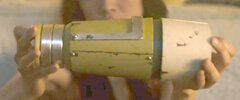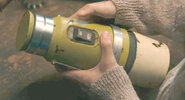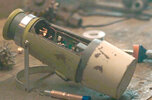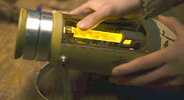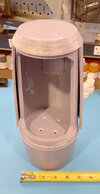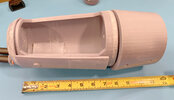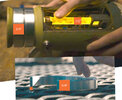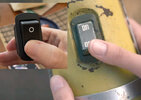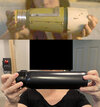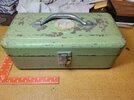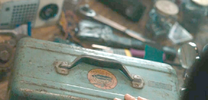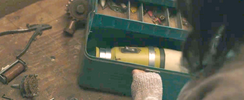I am trying to build this prop from The Loop and I feel like I am stuck. I've stared at this so many times I feel like a mental block just won't let me progress without a little guidance. If you are reading this, thank you. Please take a moment to chime in with any thoughts you might have. I appreciate it very much!
Ok, the prop. This is a focal piece for one episode. The only things that I feel like I have as a starting point are the removable wrist bracelets at the top and the clear acrylic tube that can be removed. The bracelets need to fit on the wrist of both a small, younger woman and an average build young male. I landed on 2.75" ID on the 1/4" thick bracelets and 1/2" diameter acrylic rod. When I scale that up, the prop seems HUGE. Like way too big. But to shrink it means the bracelets get so small that I wouldn't think that they would fit on an average size male wrist. So, I need some perspective here.
Ok, the prop. This is a focal piece for one episode. The only things that I feel like I have as a starting point are the removable wrist bracelets at the top and the clear acrylic tube that can be removed. The bracelets need to fit on the wrist of both a small, younger woman and an average build young male. I landed on 2.75" ID on the 1/4" thick bracelets and 1/2" diameter acrylic rod. When I scale that up, the prop seems HUGE. Like way too big. But to shrink it means the bracelets get so small that I wouldn't think that they would fit on an average size male wrist. So, I need some perspective here.

